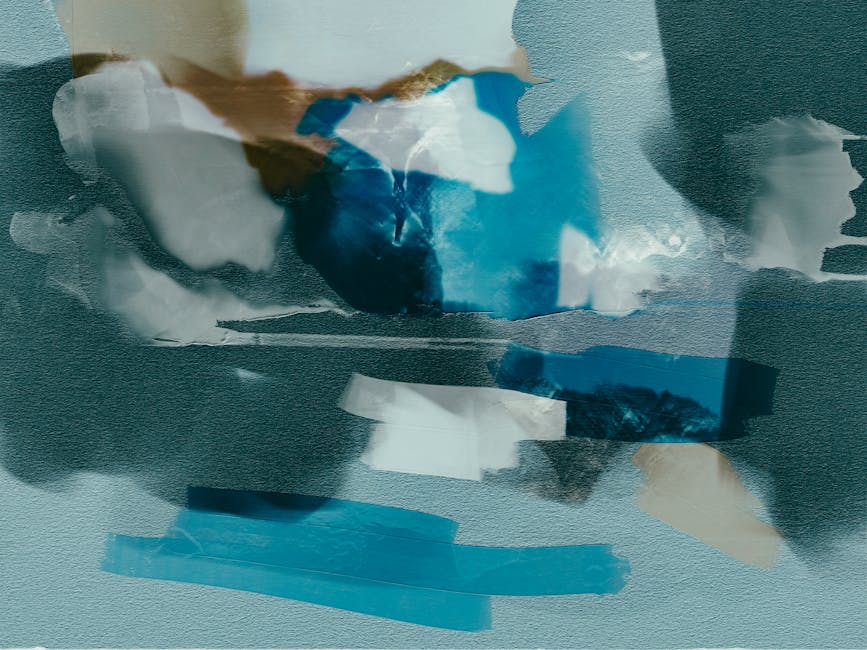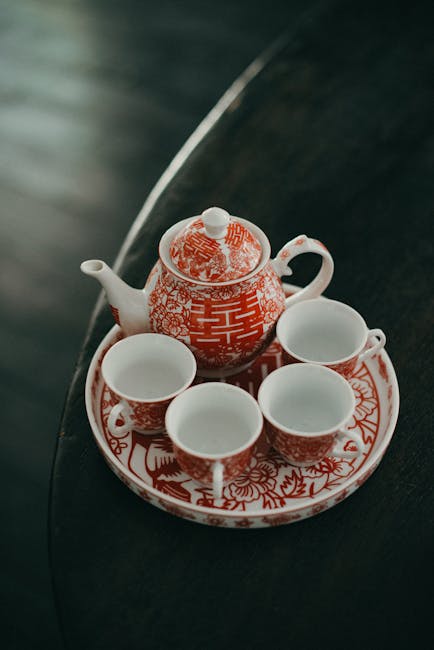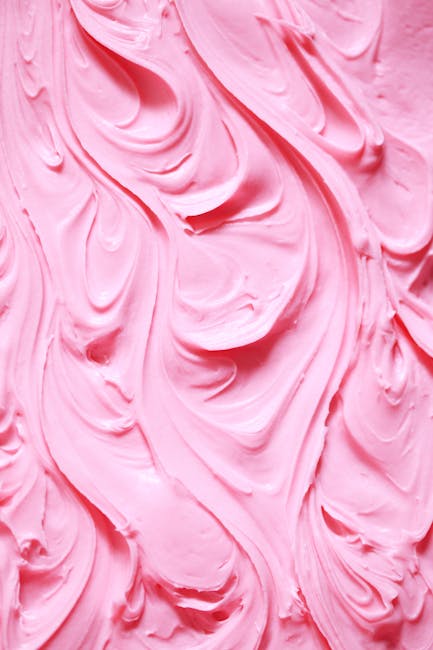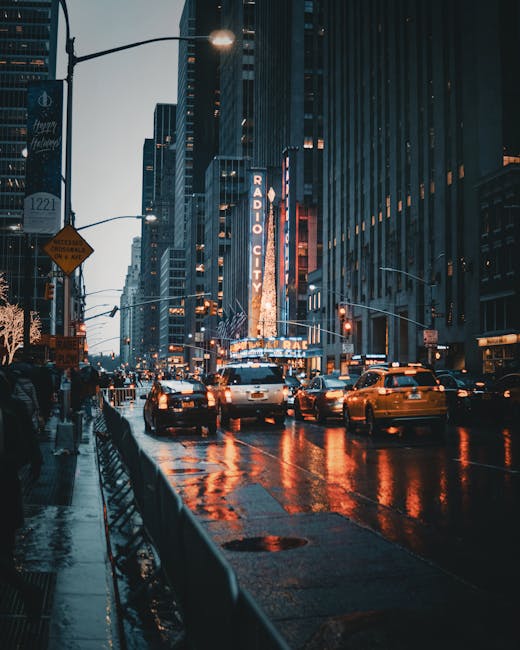Unveiling the Elegance: A Deep Dive into the World of Art Deco Designers
The Dawn of a New Aesthetic: Understanding Art Deco
Art Deco, a design movement that flourished in the 1920s and 1930s, stands as a testament to modernity, elegance, and geometric precision. More than just a style, it was a cultural phenomenon reflecting the optimism and technological advancements of the era. Its influence spanned across various fields, including architecture, furniture design, graphic design, fashion, and jewelry. This era saw the rise of incredibly talented designers who shaped the aesthetic of the period and left an enduring legacy that continues to inspire us today. This article delves into the world of these remarkable Art Deco designers, exploring their styles, influences, and lasting contributions.
The Titans of Art Deco Design: Key Figures and Their Contributions
Numerous designers contributed to the Art Deco movement’s rich tapestry, each leaving their unique mark. Some of the most prominent names include:
1. René Lalique: Master of Glass and Jewelry
René Lalique, a French artist and designer, was a pioneer of Art Nouveau before transitioning to the geometric elegance of Art Deco. Known for his exquisite glasswork and jewelry, Lalique’s designs incorporated nature-inspired motifs, but with a distinctly streamlined and modern approach. His use of frosted glass, intricate detailing, and innovative techniques revolutionized the art of glassmaking. His perfume bottles, particularly, are iconic examples of Art Deco’s luxurious and sophisticated aesthetic.
2. Emile-Jacques Ruhlmann: The King of Luxury Furniture
Emile-Jacques Ruhlmann, a highly influential French furniture maker, epitomized the opulence and craftsmanship of Art Deco. His pieces, often made from exotic woods like ebony and rosewood, showcased impeccable joinery, intricate inlays, and luxurious materials. Ruhlmann’s designs were characterized by sleek lines, geometric patterns, and a refined sense of balance. He collaborated with renowned artists and artisans, producing furniture that was not just functional but also works of art.
3. Tamara de Lempicka: The Iconic Art Deco Painter
While primarily known for her paintings, Tamara de Lempicka’s bold and graphic style perfectly embodied the Art Deco aesthetic. Her portraits, often depicting elegant women in streamlined, geometric settings, are instantly recognizable for their sleek lines, sharp angles, and strong use of color. De Lempicka’s artistic vision contributed to the era’s overall visual language, inspiring designers in various fields.
4. Paul Iribe: The Versatile Art Deco Illustrator and Designer
Paul Iribe was a prolific French artist whose work spanned illustration, poster design, and book design. His distinct Art Deco style featured bold lines, strong contrasts, and a sense of dynamic movement. Iribe’s designs often incorporated stylized figures and geometric patterns, capturing the energy and modernity of the era. His work for fashion houses and magazines significantly impacted the visual culture of the time.
5. Elsie de Wolfe: The Pioneer of Modern Interior Design
Elsie de Wolfe, a renowned American interior designer, played a pivotal role in introducing Art Deco principles to interior design. She championed a style that was elegant yet functional, incorporating light and airy spaces with streamlined furniture and carefully selected decorative elements. De Wolfe’s approach significantly influenced the development of modern interior design and established a new standard of sophistication.
The Defining Characteristics of Art Deco Design
Several key elements define the Art Deco style, contributing to its unique visual identity:
- Geometric Shapes: Sharp angles, straight lines, and geometric patterns are fundamental to Art Deco. These elements contribute to the style’s sense of order, precision, and modernity.
- Streamlined Forms: Art Deco often features streamlined and aerodynamic forms, reflecting the era’s fascination with speed and technology. This is evident in architecture, furniture, and transportation design.
- Luxurious Materials: Expensive and luxurious materials such as chrome, lacquer, ivory, ebony, and various exotic woods were frequently used, emphasizing the opulence and sophistication of the style.
- Bold Colors: Art Deco employed a vibrant color palette, including rich jewel tones like emerald green, sapphire blue, and ruby red, as well as metallic golds and silvers.
- Stylized Motifs: While geometric forms dominated, Art Deco also featured stylized representations of nature, such as sunbursts, zigzags, and stylized floral patterns.
- Symmetry and Balance: Art Deco designs often emphasized symmetry and balance, creating a sense of harmony and visual order.
The Enduring Legacy of Art Deco Designers
The impact of Art Deco designers is still felt today. Their designs continue to inspire contemporary artists, designers, and architects. The elegance, sophistication, and enduring appeal of Art Deco are evident in modern interpretations across various design fields. From fashion and jewelry to furniture and architecture, the influence of Art Deco persists, reflecting the timeless elegance and innovative spirit of the era’s pioneering designers.
Exploring the Evolution of Art Deco: Regional Variations and Influences
While characterized by common threads, Art Deco wasn’t monolithic. Regional variations and individual designer styles added richness and diversity to the movement. For example, Parisian Art Deco often displayed a heightened sense of luxury and sophistication, while American Art Deco sometimes incorporated elements of Art Moderne, emphasizing functionality and industrial design. These regional nuances demonstrate the adaptability and versatility of the Art Deco aesthetic.

Art Deco Beyond the Decorative: Its Cultural and Social Significance
Art Deco was more than just a decorative style; it reflected the social and cultural changes of its time. It embodied the optimism and technological progress of the interwar period, reflecting a belief in the future and a desire for modernity. The movement’s emphasis on elegance and luxury also reflected the social aspirations of the burgeoning middle class. Understanding the cultural context of Art Deco enhances our appreciation of its designs and the designers who shaped them.

The Continued Relevance of Art Deco in Contemporary Design
The enduring appeal of Art Deco is evident in its continued influence on contemporary design. Modern designers frequently draw inspiration from its geometric patterns, streamlined forms, and luxurious materials. Art Deco-inspired elements can be found in everything from furniture and fashion to graphic design and architecture, demonstrating the timeless elegance and enduring appeal of this iconic design movement.
Where to Find and Appreciate Art Deco Design Today
For those wishing to explore Art Deco further, there are numerous resources available. Museums around the world house significant collections of Art Deco objects, providing a firsthand encounter with the era’s artistic achievements. Books, websites, and documentaries offer detailed insights into the movement’s history, designers, and stylistic characteristics. Exploring Art Deco can be an enriching experience, revealing the beauty, innovation, and cultural significance of this influential design movement.




